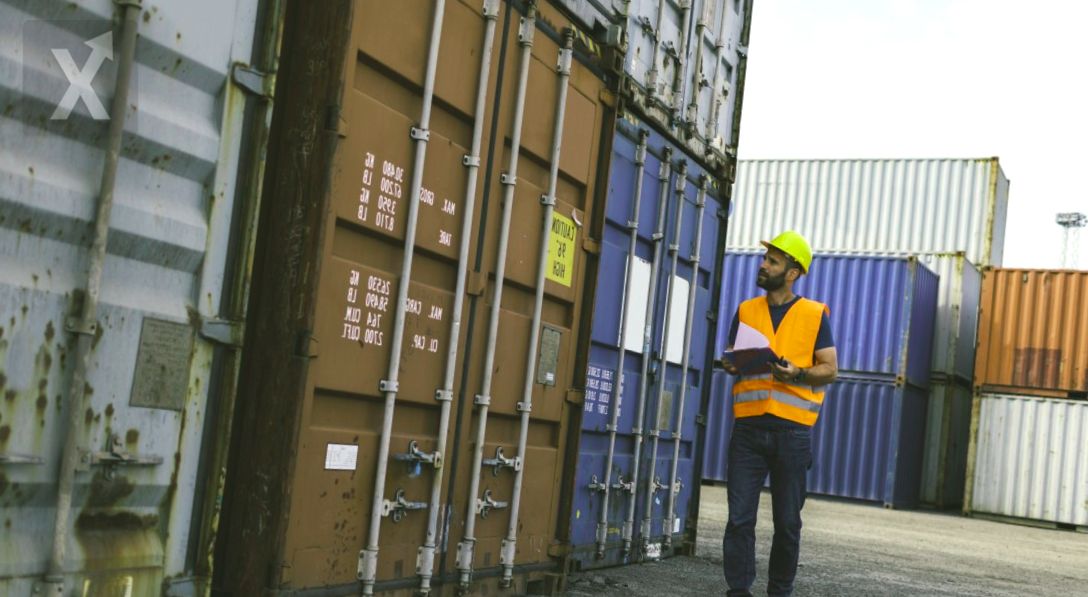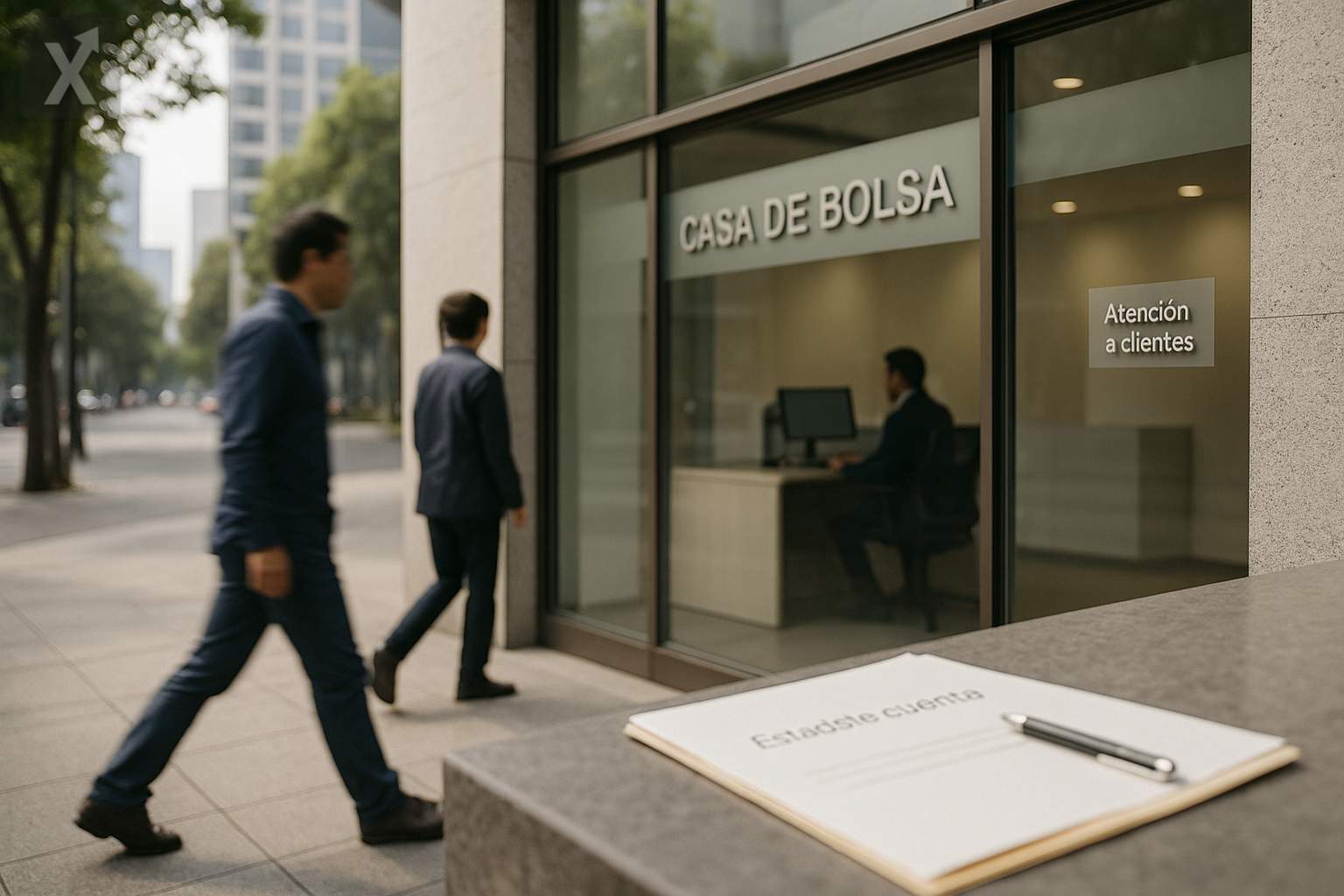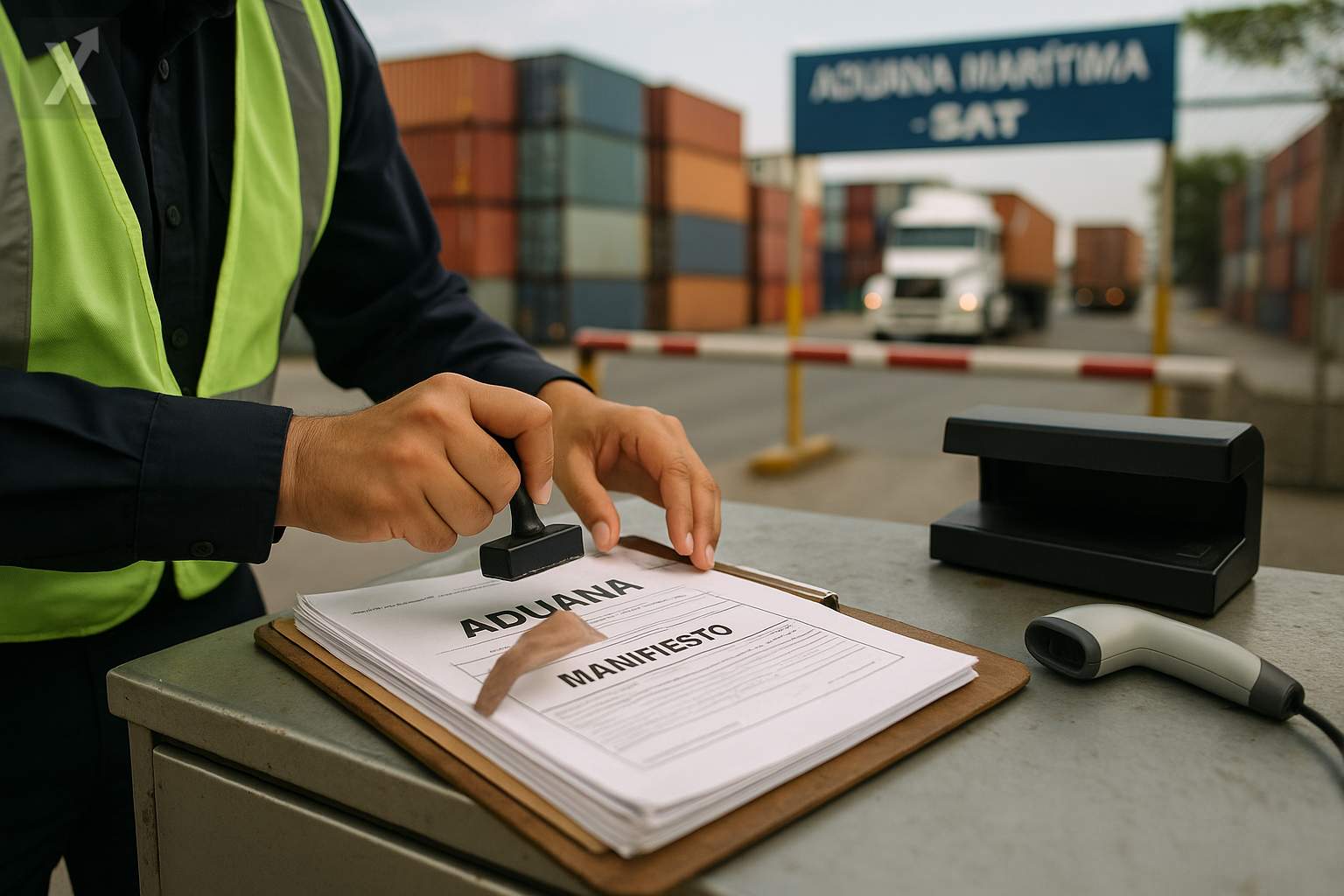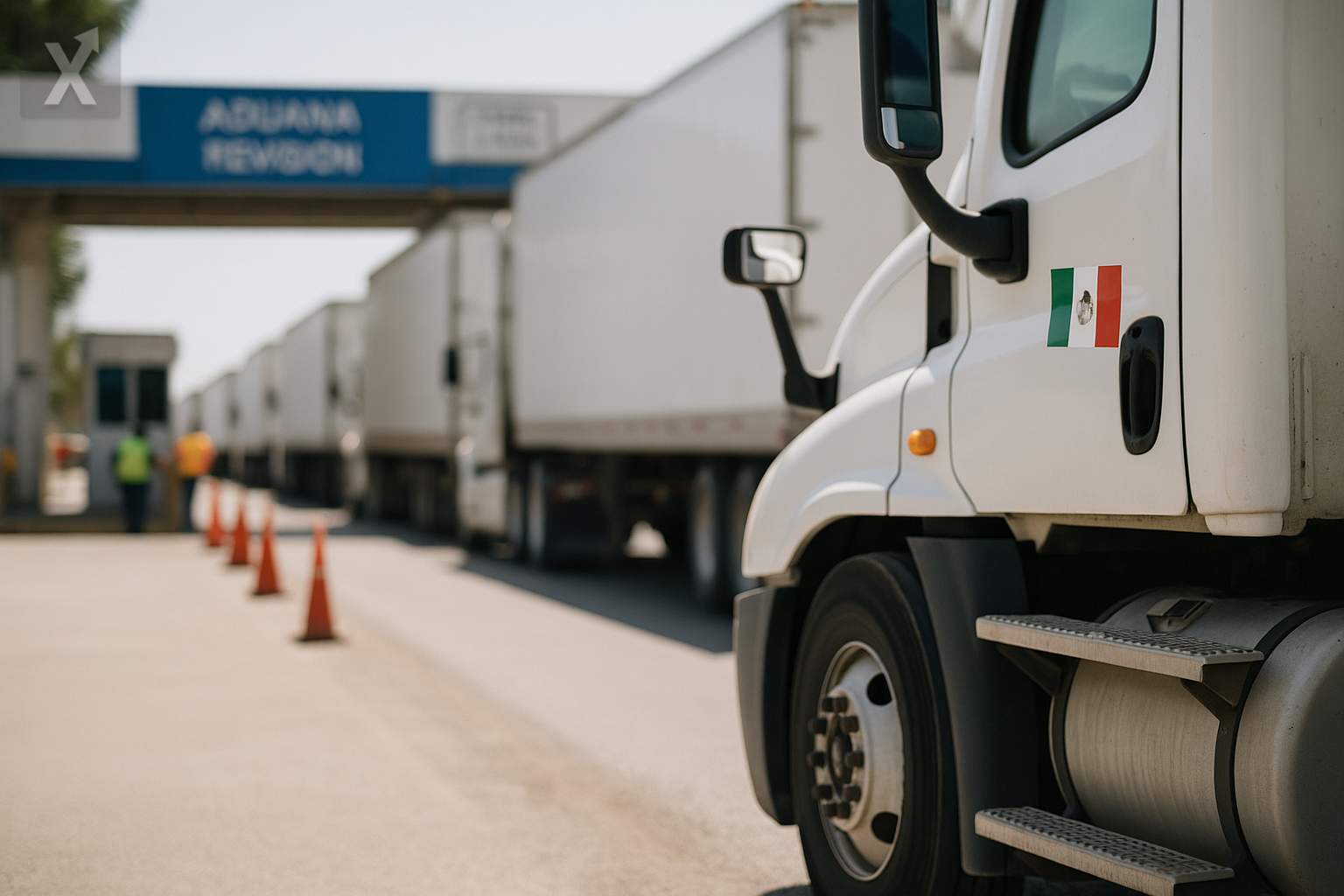Customs Tax Revenue Increases Amid Stricter Oversight and Anti-Smuggling Measures

Tax revenue collected at Mexican customs posts saw a significant uptick in the first quarter of 2025, driven by intensified efforts to combat smuggling, under-invoicing of goods, and greater scrutiny of foreign trade. According to recent figures from the Ministry of Finance and Public Credit (SHCP), the National Customs Agency of Mexico (ANAM) recorded revenues of 336.921 billion pesos between January and March, far surpassing the 267.26 billion pesos collected in the same period last year.
This increase of nearly 70 billion pesos represents a notable boost to public finances, as customs revenue is now nearing levels equivalent to participations granted to state governments—which totaled 355.321 billion pesos—and to interest payments on public debt, which stood at 302.746 billion pesos during the period under review.
Experts like Christopher Cernichiaro, a postdoctoral researcher at the Metropolitan Autonomous University (UAM), attribute this performance to tighter measures designed to prevent illegal activities in foreign trade. They also point to the federal government's need to offset decreasing oil revenues and the absence of comprehensive tax reform. “The increases reflect actions the federal government has taken to prevent smuggling and under-invoicing of goods at customs, alongside greater oversight efforts by the tax authority,” the specialist stated.
Since the creation of ANAM in 2022, a decentralized body of the SHCP, surveillance and control mechanisms at the nation’s entry points for goods and people have been significantly strengthened. The current strategy, coordinated with the Tax Administration Service (SAT), covers a series of measures such as the withholding of Value Added Tax (VAT), and audits of both domestic and international companies—including those under the Manufacturing, Maquiladora, and Export Services Industry (IMMEX) program and companies certified in VAT and the Special Tax on Production and Services (IEPS), as well as temporary importers.
According to SAT data, VAT accounts for the largest share of customs revenues, comprising 73.4% of the total. The scope of this tax has expanded since last year, as it now applies to purchases of goods from abroad made via digital platforms. The general import tax ranks second at 12%, while IEPS—which targets products such as tobacco, alcohol, and fuel—contributed another 11%. The remainder comes from customs duties, taxes on new vehicles, fines, and surcharges.
Stricter audits of companies under the VAT and IEPS certification scheme are aimed at cleaning up the registry and penalizing those who fail to meet requirements or misuse the granted benefits. Authorities have also intensified monitoring operations to crack down on tax evasion schemes involving courier companies, strategic bonded warehouses, and firms operating in sensitive import sectors.
On the other hand, the costs associated with customs revenue collection have shown a slight decline compared to last year, though they still remain above the levels seen in 2021. By the end of March 2025, the cost was 0.27 cents for every 100 pesos collected, down from 0.28 in the first quarter of 2024, but higher than the 0.22 registered in 2021.
Improved customs revenue collection is crucial in the current context, as the Mexican economy faces challenges due to falling oil revenues and mounting fiscal pressures. Strengthening oversight at customs not only reflects an effort to improve public finances, but can also help enhance international perceptions of the Mexican state’s ability to fight illegal practices in foreign trade—thus fostering a better environment for investment and business operations.
In summary, the marked increase in customs revenue during the first quarter of the year highlights the significance of recent oversight and border control strategies. While challenges such as the relatively high cost of collection and the need for broader structural reform remain, these advances provide financial relief for the public purse and could lay the groundwork for greater fiscal efficiency in the medium term.






